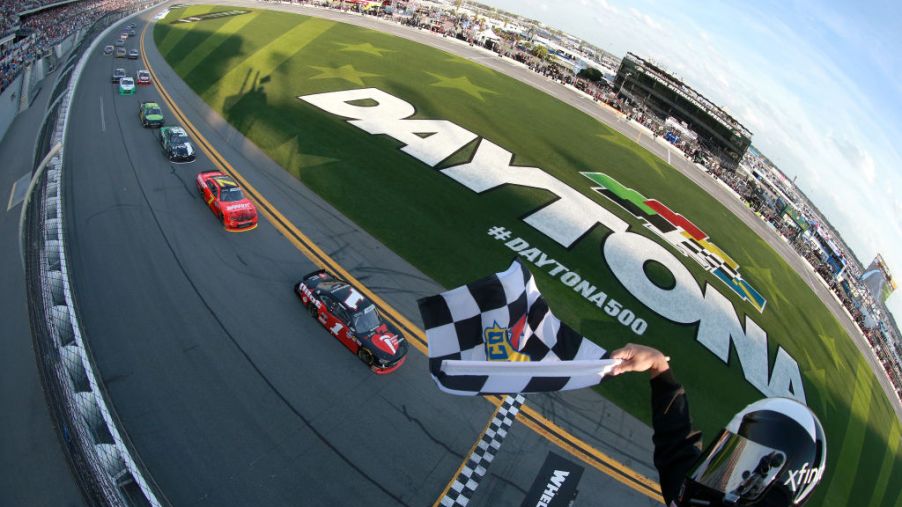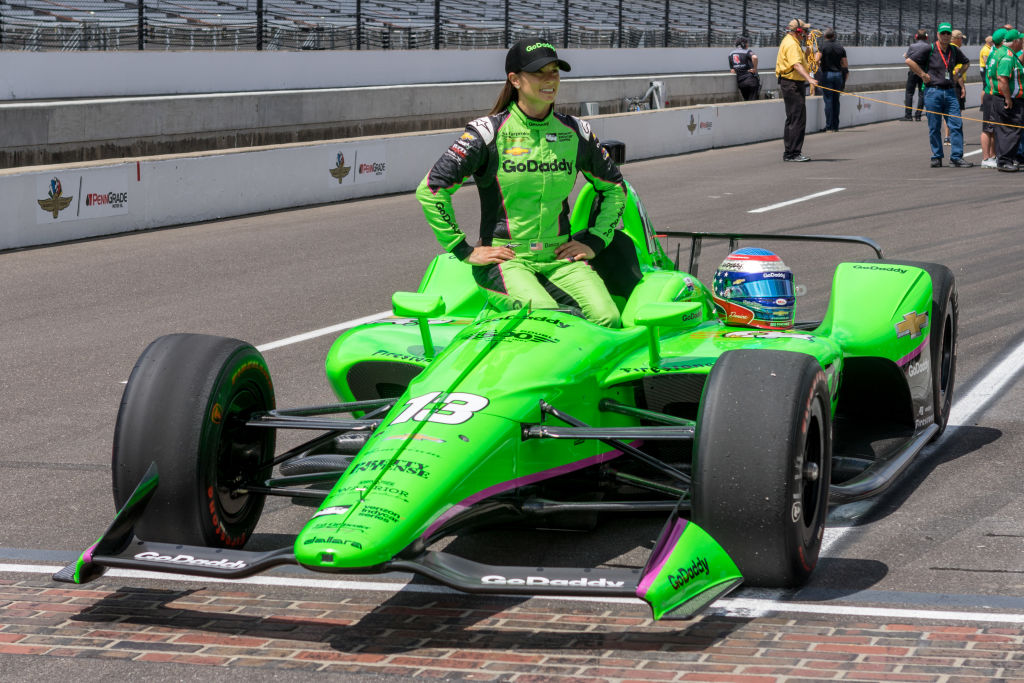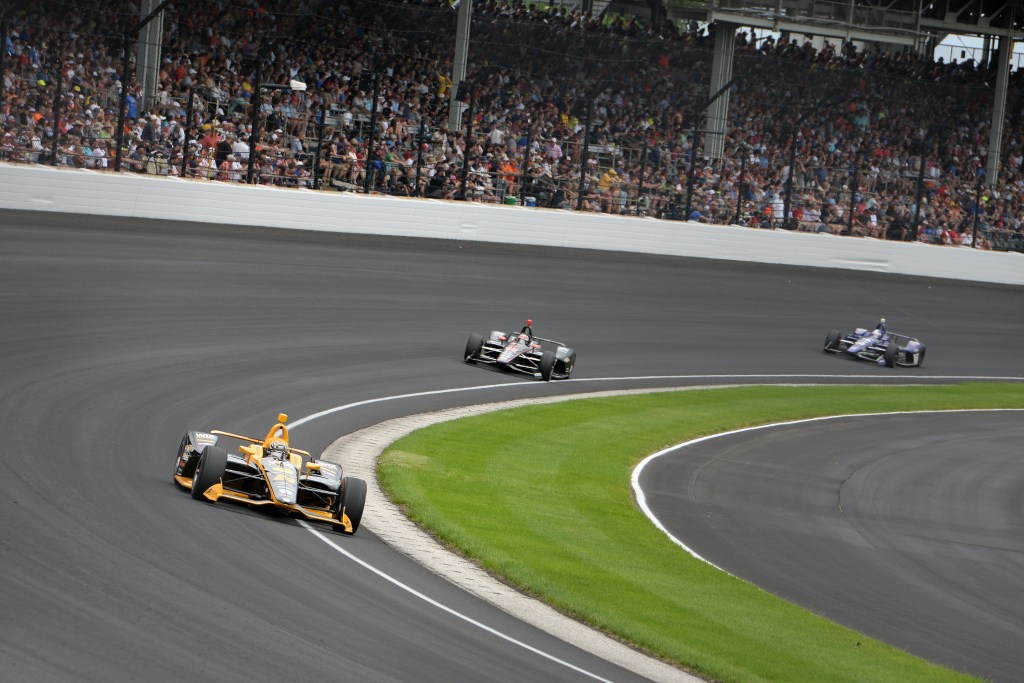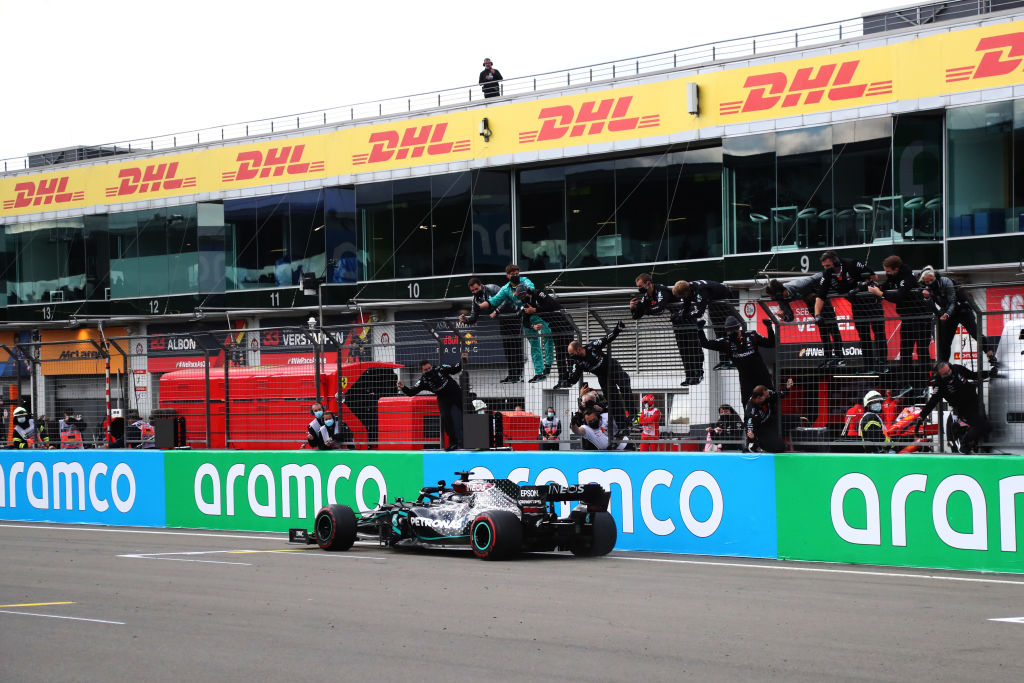
What Happens in a Racing Pit Stop?
If you’ve ever watched any racing, no matter what kind, you’ve noticed every once in a while, one of the race cars will pull off of the race track. In these crucial moments, the pit crew works in a rushed frenzy to accomplish several tasks, most of which you might not even realize from watching. The work must be precise to ensure the safety of the driver and other drivers on the track, but it also must be incredibly fast. For races like Formula 1, where a split second can mean winning or losing, you might be surprised to learn how much happens in a single pit stop.
It’s more than the car
When a few seconds or even fractions of a second can mean the difference between first place and third, every single member of the racing team is important. While we love to highlight the race car driver — and we don’t want to discount their skill and effort — the pit crew can make or break a race. If you’ve ever watched a video of a pit crew at work, it is a confusing and quick frenzy of activities. So fast, in fact, you might not even realize what all goes into a pit stop.

Why are pit stops necessary?
For the sake of saving time, it might seem silly at first that race cars have to make a pit stop in the first place. In fact, not every driver will make a pit stop every lap as it can be time-consuming and add several minutes to the lap time. Pit stops are still incredibly important for the well-being of the car and the safety of the driver.
One of the heaviest things a car can carry is a full tank of gas, and in a race car, those tanks are pretty small. That means at some point in time a stop has to be made to refuel. Typically there are a few people responsible for quickly refilling the car’s gas tank, but that’s far from done. Along with needing fuel, tires occasionally need to be changed out quickly in the pit.

A split second to change it all
The crew awaiting the race car in the pit stop can range from a handful of people to dozens depending on the type of racing and the size of the team. On the team, each individual person has a specialized job that they train to do as quickly and efficiently as possible. Every member is crucial, from the ‘lollipop’ man that holds the sign identifying the correct pit station for the driver to the ‘jack men’ responsible for raising the car for a speedy and necessary tire change.

Being a pit crew member is debatably one of the most stressful jobs on a racing team. Each individual person is responsible for a major part of the race, and any mistakes could cost time, or, in more severe situations, even lives.


